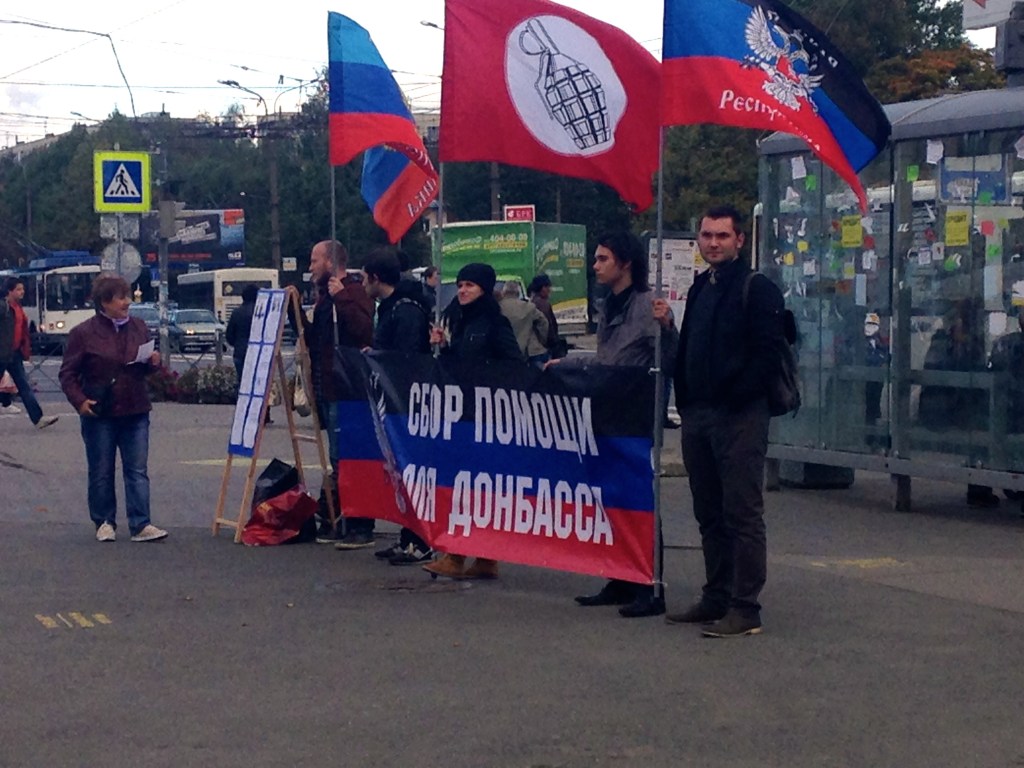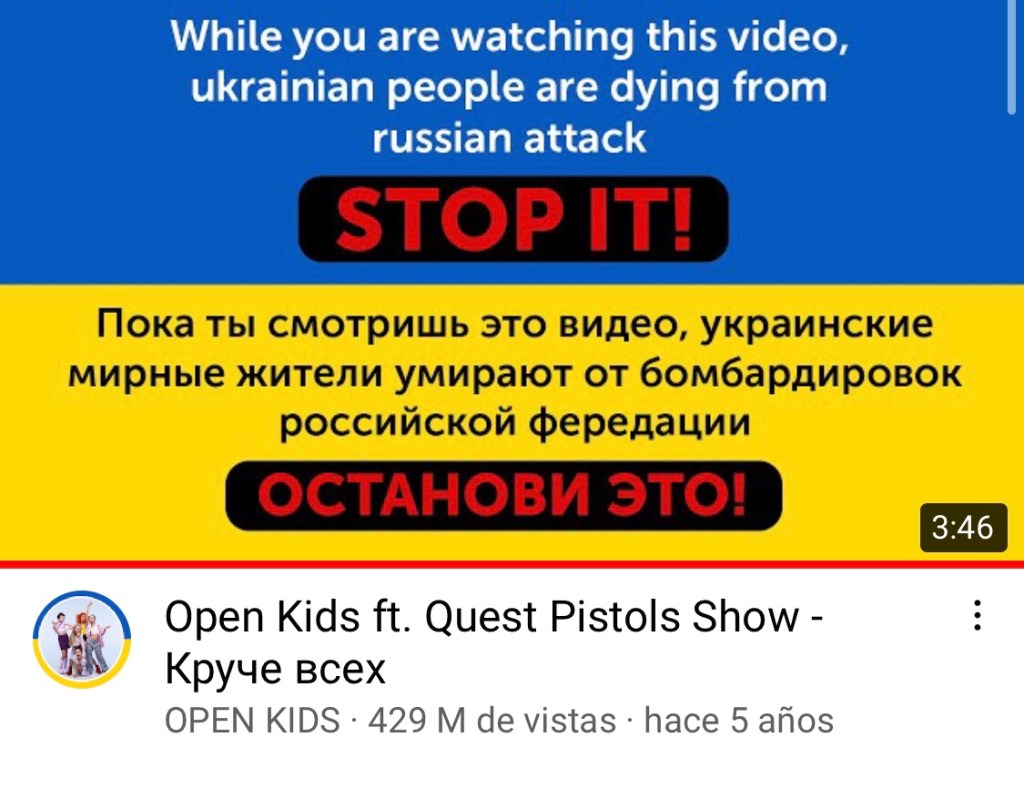Dear Reader,
By now, you know that there is a WAR in Ukraine and people are dying. If you’re embarrassed because you don’t know exactly what’s going on — don’t be— because like most things, the relationship between Russia and Ukraine is complicated. Through a combination of formal study and personal connections to the region, I feel equipped to explain a little about what’s happening with the current WAR. So, if you want to know more and were too hesitant to ask — I got you. Read on….
So, what’s happening in Ukraine?
On February 24, 2022, Russian forces invaded Ukraine by land and began to launch rocket attacks on critical and strategic infrastructure. The invasion comes as the brutal conclusion of many months of Russia’s military buildup, including amassing around 190,000 troops, along Ukraine’s eastern borders. Even days before the initial invasion, there were calls for Americans to evacuate Ukraine as well as for Ukrainian citizens to evacuate the eastern regions, as President Biden warned of “consequences” if Putin followed through on his threat of WAR. So far, Russia has been seizing infrastructure and “taking” cities in the east.
I’m confused, didn’t Russia already invade Ukraine a few years back? What’s changed?
Yes! This isn’t the first invasion into Ukraine in recent history. In 2014, Russian separatists (the Russian government did not claim ties to these groups, but the ties are apparent) invaded the Crimean Peninsula as well as the eastern regions of Donetsk and Luhansk. In Crimea, a (semi-credible) referendum was held, and the residents voted to be part of Russia. Using the rhetoric of uniting and protecting “Russian compatriots,” the Russian Federation illegally annexed Crimea. The separatist occupation of Donetsk and Luhansk was far less peaceful and resulted in the deaths of a few thousand civilians, an internal refugee problem, and the general disruption to ordinary life, not to mention the damage to Ukrainian infrastructure.
Today’s invasion is different in that the Russian state, rather than a group of separatists (who, again, are so obviously affiliated with the Russian state), is attacking Ukraine. Today, the conflict is, without a doubt, a WAR.

Why now? How can Russia possibly justify this WAR?
Russia has claimed that it was duty-bound to intervene in Ukraine due to a genocide that was being carried out in the eastern regions of Donetsk and Luhansk. Ukraine, international lawyers, and the international community in general have dismissed these claims as blatant lies. On March 7, 2022, Russian legal representation was due to appear at the International Court of Justice to plead its case, but did not attend the meeting.
Why is this happening right now? Again, it is understood that Russia has been planning its invasion for at least a few months and has systemically moved resources and troops along Ukraine’s border, escalating the situation. Military analysts believe that this is the largest buildup of military forces in Europe since WWII. Politically, relations between Russia and the United States have not been “great,” however, some would argue that Trump’s disparagement of NATO (a point that wins favor with Putin [explained below]) allowed for a fragile rapprochement between the countries. Regardless, tensions arose again with the inauguration of the Biden administration in 2021 and subsequent rhetoric regarding the revitalization of NATO and its role in European security.

Why does Russia care so much about Ukraine? I mean, it doesn’t even have nukes.
Russia and Ukraine have a long and close history. Hundreds of years ago, Russia and Ukraine were all considered to be the same “place” and Ukraine’s capital city, Kyiv, was the capital of “Rus” the name of the then political entity. Ukraine was formally a part of the Russian Empire until after the Bolshevik Revolution in Russia in 1917 (which saw the end of the Romanov dynasty; you know Rasputin, the mystic healer from the song? Yeah, this was also not long after his murder) when the political status of Russia changed and it became a part of the Soviet Union. In, 1918, Ukraine declared its independence from Russia and held it until 1922 when the Soviet Union took it back and incorporated it as a Soviet Socialist Republic. In 1991, Ukraine gained true freedom with the dissolution of the Soviet Union, though ideologically, linguistically, and culturally the countries remained close. (There is much important/ relevant history between 1991 and now, see U.S. News’s timeline here.)
Russia consistently implements the language of camaraderie, cultural closeness, fraternity, etc., to justify its WAR in Ukraine. Similarly, Russian media often frivolously characterize the Ukrainian government and its officials as “fascists,” (which is a reference to cooperation between Ukraine and the Nazis during WWII) and use this rationale to justify its “liberation” of the (ALREADY FREE) Ukrainian people.

Okay, but is that really why Russia wants Ukraine?
Great question. Many do not buy into Russia’s narrative of cultural closeness with Ukraine or into the belief that Ukrainian officials are carrying out genocide against its own people. Rather, it is commonly believed that Russia sees NATO expansion as a threat to its existence. NATO (the North Atlantic Treaty Organization), an intergovernmental military alliance among European countries, Canada, and the United States, has been expanding eastward since the fall of the Soviet Union in 1991, notably to the inclusion of the former Soviet Republics of Estonia, Latvia, and Lithuania. Beginning in the 2000s, Ukraine began to express interest in NATO membership, which was a red flag for Russia. In 2008 at a NATO meeting, NATO set out a path for Ukraine (and Georgia, another former-Soviet republic) to follow to achieve membership in the future — but Ukraine has never come close to fulfilling these achievements. Russia is making sure of that.

Kyiv or Kiev? How do you spell Ukraine’s capital city?
The Russian and Ukrainian language are similar, and they both use the Cyrillic alphabet (with a few differences). Many Ukrainians, especially in the eastern regions, speak Russian (some do not even speak Ukrainian fluently). Regardless, Ukrainian remains the official state language. In Russian, Ukraine’s capital city is usually transliterated to “Kiev,” while in Ukrainian, it is spelled “Kyiv.” In American English, historically the spelling has been transliterated the Russian way. The spelling (and the pronunciation) has become a political issue with increasing calls to respect the Ukrainian version.

Okay, there’s a war, I get it. So, what is the U.S. and the international community doing about it?
Like with the 2014 illegal annexation of Crimea and subsequent invasion into Eastern Ukraine, the international community has responded with a battery of sanctions targeting Russian financial institutions, key Russian billionaires (the oligarchy), and by prohibiting Russian access to SWIFT (a super important European banking system that facilitates international transfers among other things). Countries, including the UK, are banning Russia’s national airline, Aeroflot, from passing through its airspace, adding more hours and costs to flights in and out of Russia. The popular vodka brand Stolichnaya has rebranded itself as “Stoli” and is now using Slovakian grain to make itself a 100% non-Russian product. The U.S. and UK moved to ban imports on Russian oil at great costs, sending a spike to gas prices domestically. As of today (March 8, 2022), McDonald’s has announced that it will temporarily close all its 850 restaurants across Russia. This is just the beginning.

So, what about the Ukrainian people? …what’s happening to them?
In short, they are suffering; they are enlisting to fight; they are dying. Ukrainians in Kyiv and in the East are being evacuated from their homes and families are being separated with many of the men staying behind in the villages and the women and children are being shuttled off by trains. They are traveling to western Ukrainian cities, including Lviv, and to neighboring countries, including Moldova, Romania, Hungary, and Slovakia, among other (mostly European) destinations. As of March 4, 2022, it is estimated that there are 1,368,864 refugees from Ukraine in neighboring countries.
Ukrainian President Volodymyr Zelenskyy is calling for volunteers to join the country’s national army. At this time, both the United States and NATO have declined to become militarily involved in this WAR, however, aid in the form of money and supplies are being sent to Ukraine.
All in all,…
This is not a “necessary” war. This is not a Nazis genocide; this is not the genocide in Rwanda; there is NO genocide as Russia claims. There is no “wrong” being “righted” by this fighting.
“If Putin stopped fighting there would be no war. If Ukraine stopped fighting, there would be no Ukraine.”
How to Help the People of Ukraine <— A list of resources.
So, dear Reader, now you know.
Love,
Raven

Leave a comment